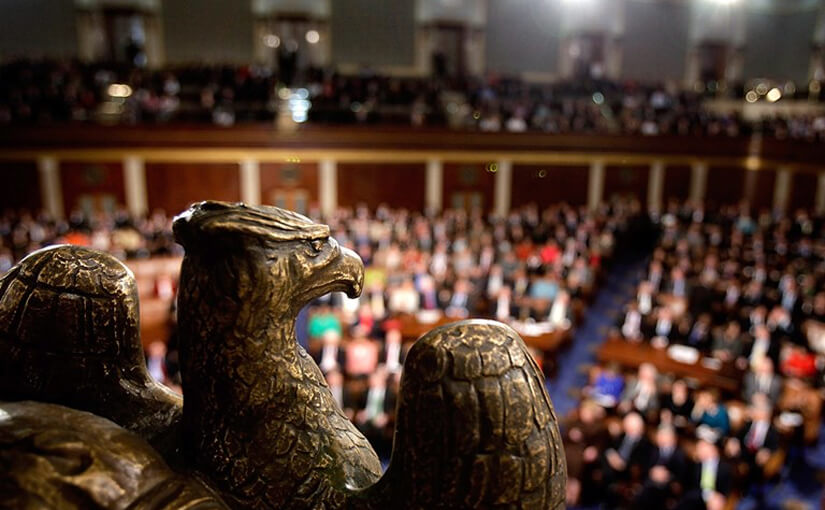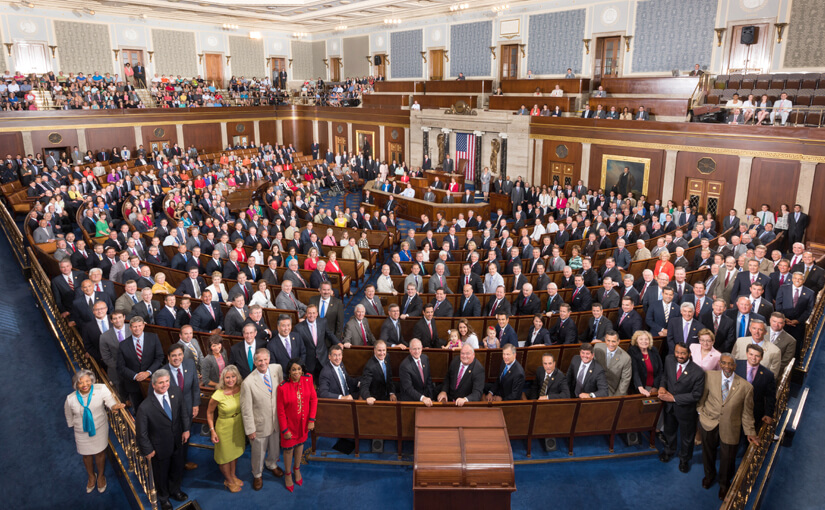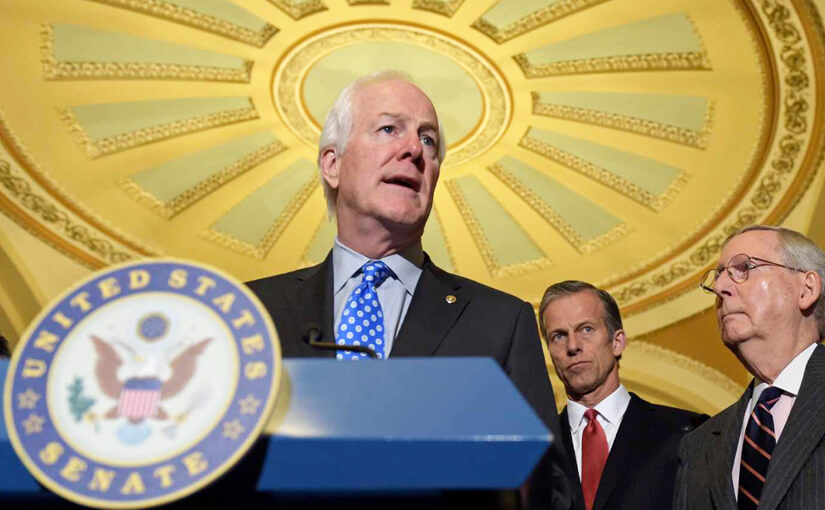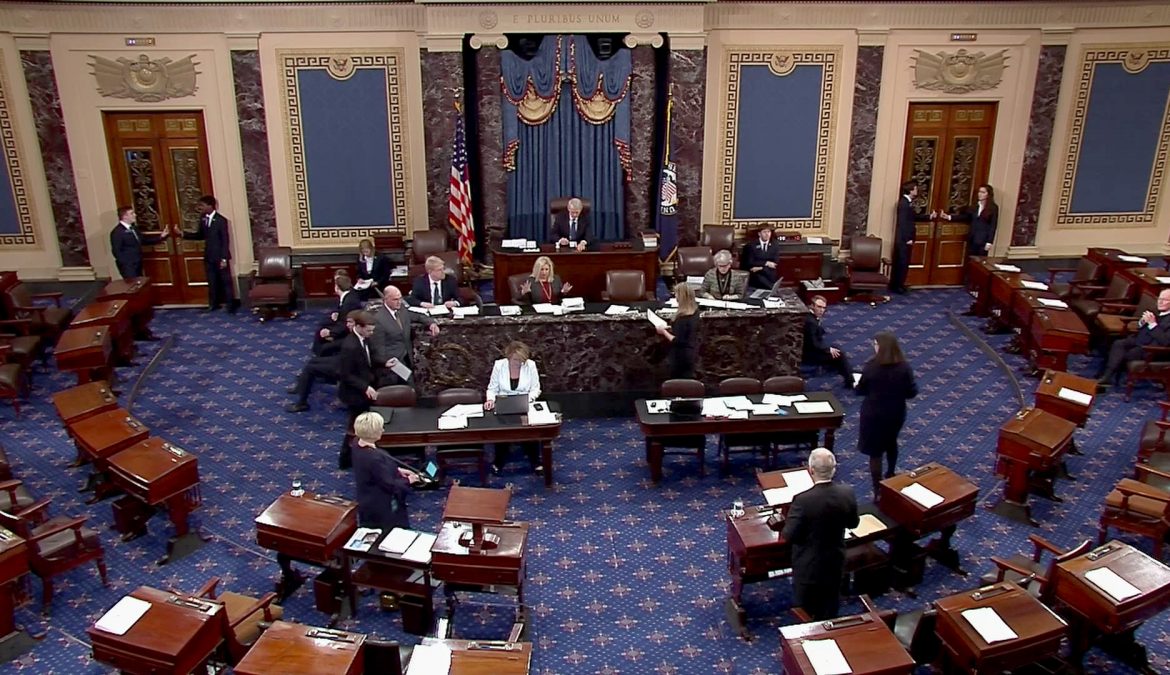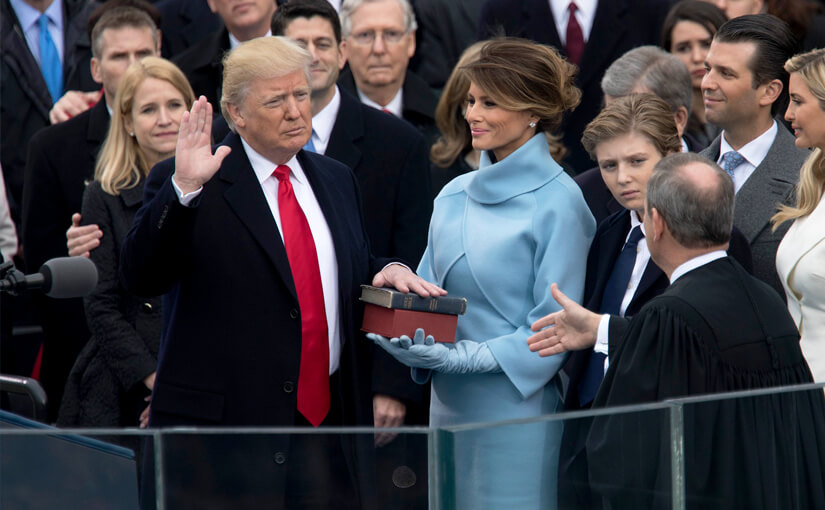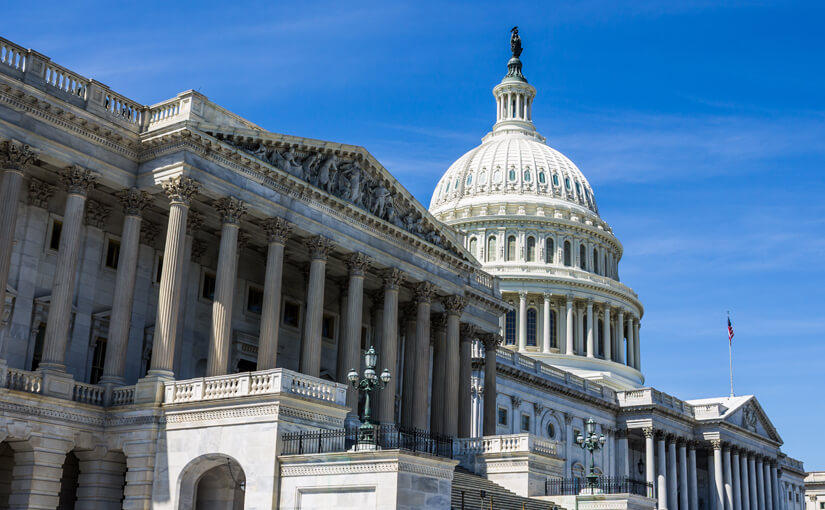- Two (2)
People who live in a representative’s district are called “constituents.” Representatives tend to reflect the views of their constituents. If representatives do not do this, they may be voted out of office.
The Framers of the Constitution believed that short two-year terms and frequent elections would keep representatives close to their constituents, public opinion, and more aware of local and community concerns.
The Constitution puts no limit on the number of terms a representative may serve. All representatives are up for election every two years.
** As you prepare for U.S. citizenship, Learn About the United States: Quick Civics Lessons will help you study for the civics and English portions of the naturalization interview. There are 100 civics (history and government) questions on the naturalization test. During your naturalization interview, you will be asked up to 10 questions from the list of 100 questions. You must answer correctly six (6) of the 10 questions to pass the civics test.


